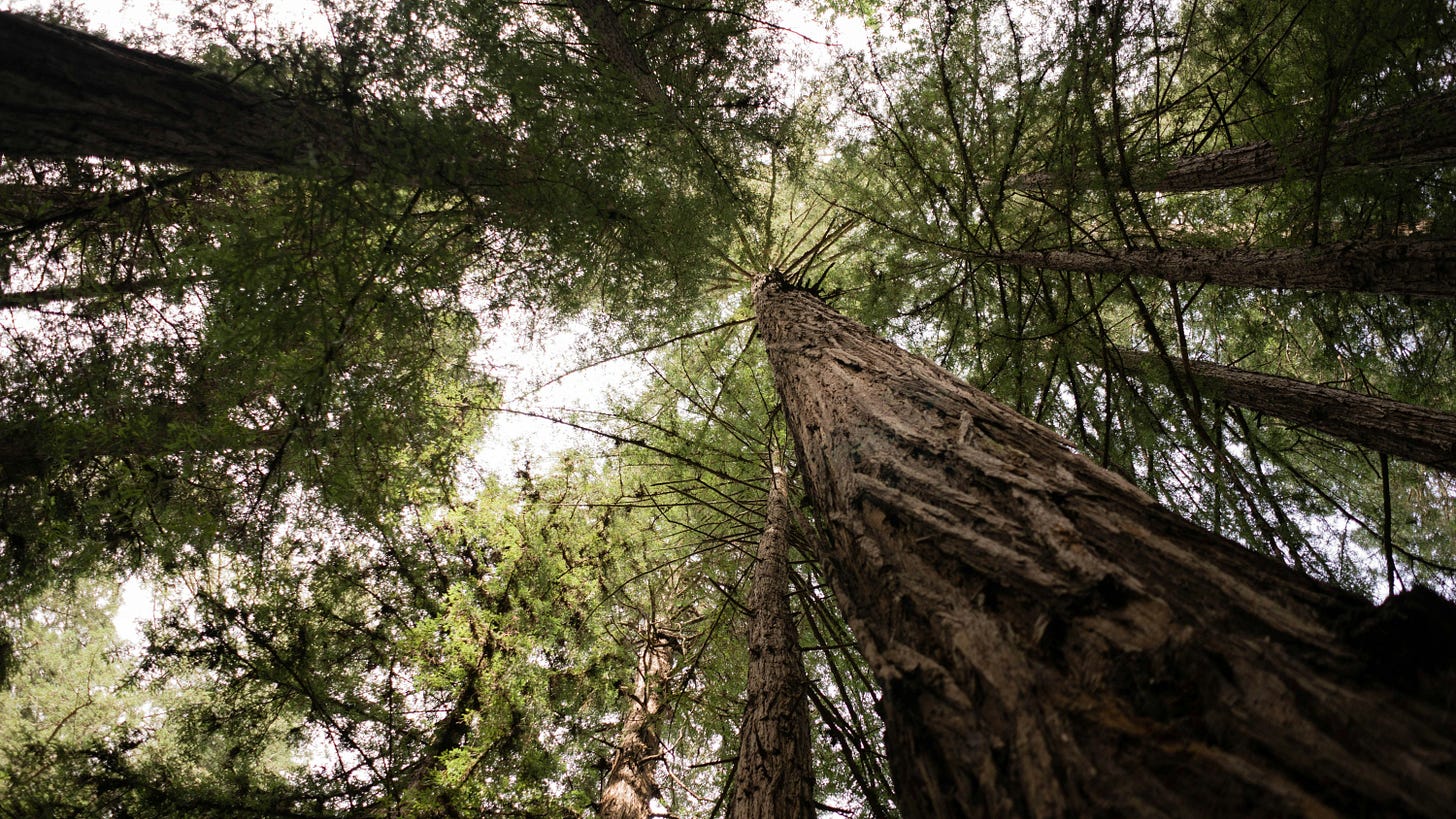Which Trees are Best Removing Carbon and Fighting Climate Change
Exploring the trees that are best at storing carbon and the reasons why.
LettsSafari's parks and its famed Exeter Capability Brown gardens host some of the world's most interesting and historically important trees. They include giant, ancient spruces, majestic Capability Brown Cedar's, Redwoods, Monterey Pines, ancient Yew, Firs and the most extraordinary mix of young and old Oak's. There is a kind of hybrid Cork-Oak unique in our parks. Exeter's Capability Brown gardens host one of the UK's rarest, most endangered trees.
Trees are a critical ingredient in the battle against climate change. We explore one of their most essential strengths - the ability to store carbon, so removing it from the atmosphere.
Certain tree species are particularly effective at storing carbon due to their size, growth rate, lifespan, and wood density.
Here are some of the trees that store the most carbon and the reasons why:
1. Sequoias and Redwoods
Why : These trees, particularly the Giant Sequoia (Sequoiadendron giganteum) and Coast Redwood (Sequoia sempervirens), are among the largest and oldest trees in the world. They have massive trunks and grow for thousands of years, allowing them to accumulate and store enormous amounts of carbon.
2. Oaks ( Quercus spp.)
Why : Oaks are known for their dense wood, which allows them to store more carbon per unit volume than many other species. They are also long-lived, with some species living for several centuries, providing long-term carbon storage.
Keep reading with a 7-day free trial
Subscribe to LettsSafari+ to keep reading this post and get 7 days of free access to the full post archives.




